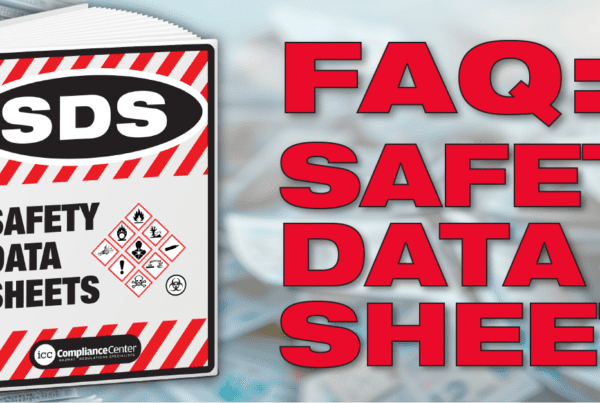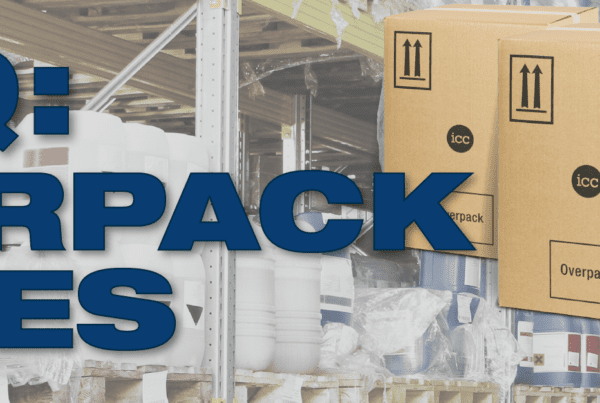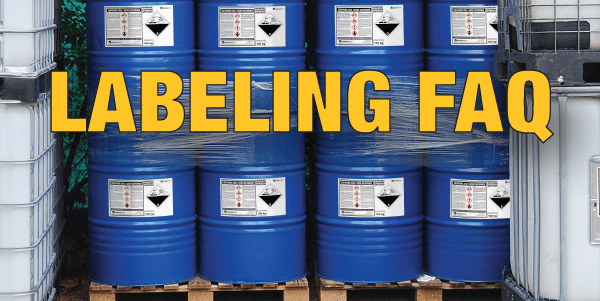Frequently asked questions about completing a bill of lading containing hazardous materials / dangerous goods.
Can I use the same bill of lading for all modes of transportation?
In general, documentation for hazardous materials (dangerous goods) does not have a specific format, merely a minimum amount of information, such as shipping description and quantity, that must appear somewhere on the document. Therefore, you can use your own bill of lading if it contains all information required by 49 CFR (for shipment in the US), TDG (for shipment in Canada) or the IMDG Code (for shipment by ocean). The exception is shipment by air – for most airlines, you must use the “IATA Shipper’s Declaration for Dangerous Goods” as your shipping document (IATA is the International Air Transport Association, an organization representing international airlines.) For domestic shipment in the US only, your carrier may choose not to insist on the use of a Shipper’s Declaration, but the document must still contain certain pieces of special information (such as whether the shipment may be carried on passenger aircraft) that are not normally found on ground bills of lading.
Click here to read our article on how to fill out a ground bill of lading.
Why does my carrier refuse to load my shipment even though I completed the bill of lading?
There are many reasons why a shipment might be refused, which may be regulatory, or simply because of the policy of the carrier. Your carrier should be able to tell you what the problems are with your shipment. Common problems include: insufficient packaging, incorrect safety marks, errors on the bill of lading, or segregation issues (certain classes of hazardous materials/dangerous goods may not be transported together). It may even be that your carrier does not accept hazardous materials/dangerous goods at all.
Can my bill of lading be handwritten instead of typed on the computer?
In general, if the shipping document is legible, it should be accepted by the carrier. However, individual carriers may have their own policies; for example, Federal Express requires most of the information on the shipping document to be typed or computer-generated. Consult your carrier to see what is acceptable to them.





